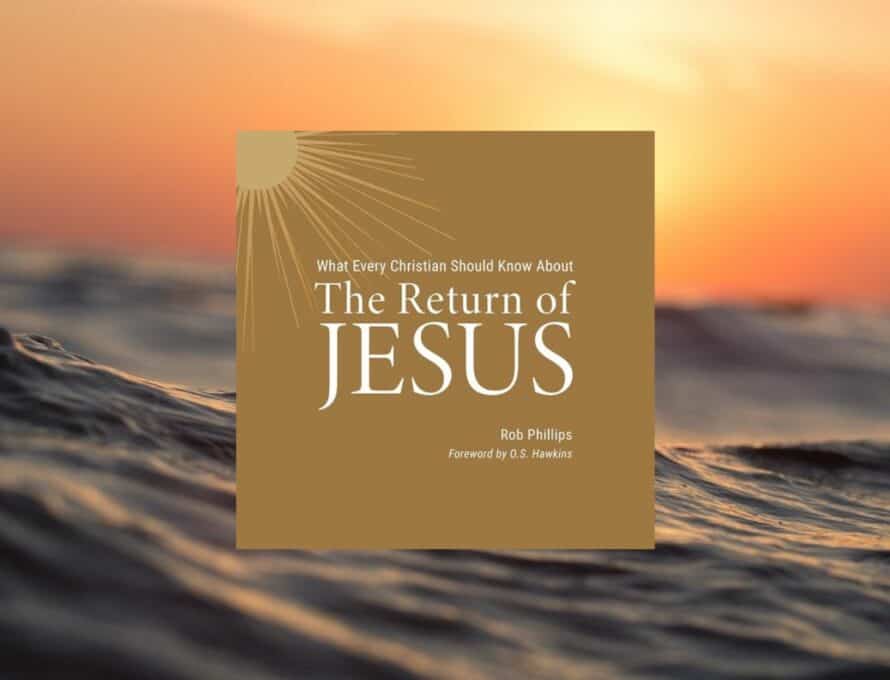This is another in a series of excerpts from What Every Christian Should Know About the Return of Jesus, released by High Street Press and available at Amazon.com.
The second coming of Jesus is implied in hundreds of Old Testament prophecies that center on future judgment of the world and a coming kingdom of righteousness. Jesus and the New Testament writers elevate these ancient prophecies and apply them to the unfinished but guaranteed future work of the Savior.
One challenge of messianic prophecies is their compressed view of the future. We see predictions of a Suffering Servant who is despised, rejected, and sacrificed for our sins (Isa. 53), along with visions of a Davidic king who comes in power, judging the world and setting things right (Ps. 110).
Are the Suffering Servant and Davidic king separate individuals, or are they one person conducting two major campaigns to redeem a sinful and fallen world?
The answer, of course, is the latter. The New Testament perspective clearly is the two-stage nature of Christ’s redemptive work. Consider 1 Peter 1:10-12:
“Concerning this salvation, the prophets, who prophesied about the grace that would come to you, searched and carefully investigated. They inquired into what time or what circumstances the Spirit of Christ within them was indicating when he testified in advance to the sufferings of Christ and the glories that would follow. It was revealed to them that they were not serving themselves but you. These things have now been announced to you through those who preached the gospel to you by the Holy Spirit sent from heaven — angels long to catch a glimpse of these things.”
Peter combines Jesus’ first and second comings into a single narrative. The same Jesus who experienced the “sufferings of Christ” would also see “the glories” to follow. No doubt, these glories include the resurrection and ascension of Jesus, as well as his promise, fulfilled on the Day of Pentecost, to send the Holy Spirit.
But they also include the return of Jesus, a dramatic future event Peter writes about elsewhere (2 Pet. 3:10-13). The prophets to whom the Lord revealed the future may not have fully understood a two-stage messianic mission. But Peter assures us these marvelous prophecies are fulfilled in one person: Jesus of Nazareth.
We should ponder a few additional insights into Peter’s words.
First, Peter says the prophets “searched and carefully investigated” (1 Pet. 1:10). That is, they examined their own prophecies, as well as the writings of the prophets before them. They also may have engaged in conversations with the Lord, as Daniel did, seeking to understand the future events revealed to them. In short, they expressed a fervent desire to understand more fully the events that would unfold long after their deaths.
Likely, the prophets’ primary interest was discerning when their predictions would be fulfilled. Perhaps they even hoped to see fulfillment in their day. However, these predictions are for a later time, as Peter points out. The prophets simply didn’t know the time of fulfillment, but Peter’s readers are seeing the predictions come to pass.
While the Old Testament prophets “searched and carefully investigated,” the eyewitnesses of Jesus saw these prophecies fulfilled. The works of the Savior are more than fanciful stories; they are grounded in historical truth. The Gospel writer Luke confirms this, making it clear that he “carefully investigated everything from the very first” (Luke 1:3).
Second, the “Spirit of Christ” is the Holy Spirit. In harmony with the Father and the Son, the Spirit creates all things (Gen. 1:2; cf. Gen. 1:1; John 1:3; Col. 1:16). Further, throughout the Old Testament, the Spirit speaks, empowers, guides, and reveals the future.
This same Spirit – the third person of the triune Godhead – is the one Jesus sends on the Day of Pentecost. Peter illustrates the collaborative work of the Trinity in salvation past, present, and future (see 1 Pet. 1:1-12). The same Spirit who inspired the prophets now speaks authoritatively through the gospel message.
Third, messianic prophecies were meant for later generations, specifically the first-century eyewitnesses and subsequent followers of Jesus. While these prophecies had great value to ancient Israelites, assuring them of God’s promises to reverse the effects of the Fall through a second Adam, their fulfillment would come long after the deaths of the Old Testament prophets who received these revelations. Peter encourages his readers to marvel at the great privilege they have of seeing these prophecies fulfilled in their lifetimes.
Fourth, the same Holy Spirit who revealed future events to Old Testament prophets now confirms their fulfillment through the preaching of the gospel. Peter, an eyewitness of the resurrected Christ and a member of the Lord’s inner circle of apostles, bears testimony to this.
Finally, the work of Christ continues to fascinate holy angels. Peter writes that “angels long to catch a glimpse of these things” (1 Pet. 1:12). The word “long” (Gr. epithymeo) is used in the New Testament to speak of very strong desires, both good and evil. Here, of course, the word refers to the good desires of holy angels. The verb is in the present tense and thus cannot be restricted to a former longing – that is, before Christ came. Rather, Peter reveals that angels continue to observe the unfolding redemption of Christ and desire to see more.
In summary, 1 Peter 1:10-12 shows us how Peter sees Old Testament messianic prophecies fulfilled in the life and work of Jesus of Nazareth – and how that fulfillment requires a first and second visit of Christ to earth.
Next: Christ’s second coming in the Psalms

